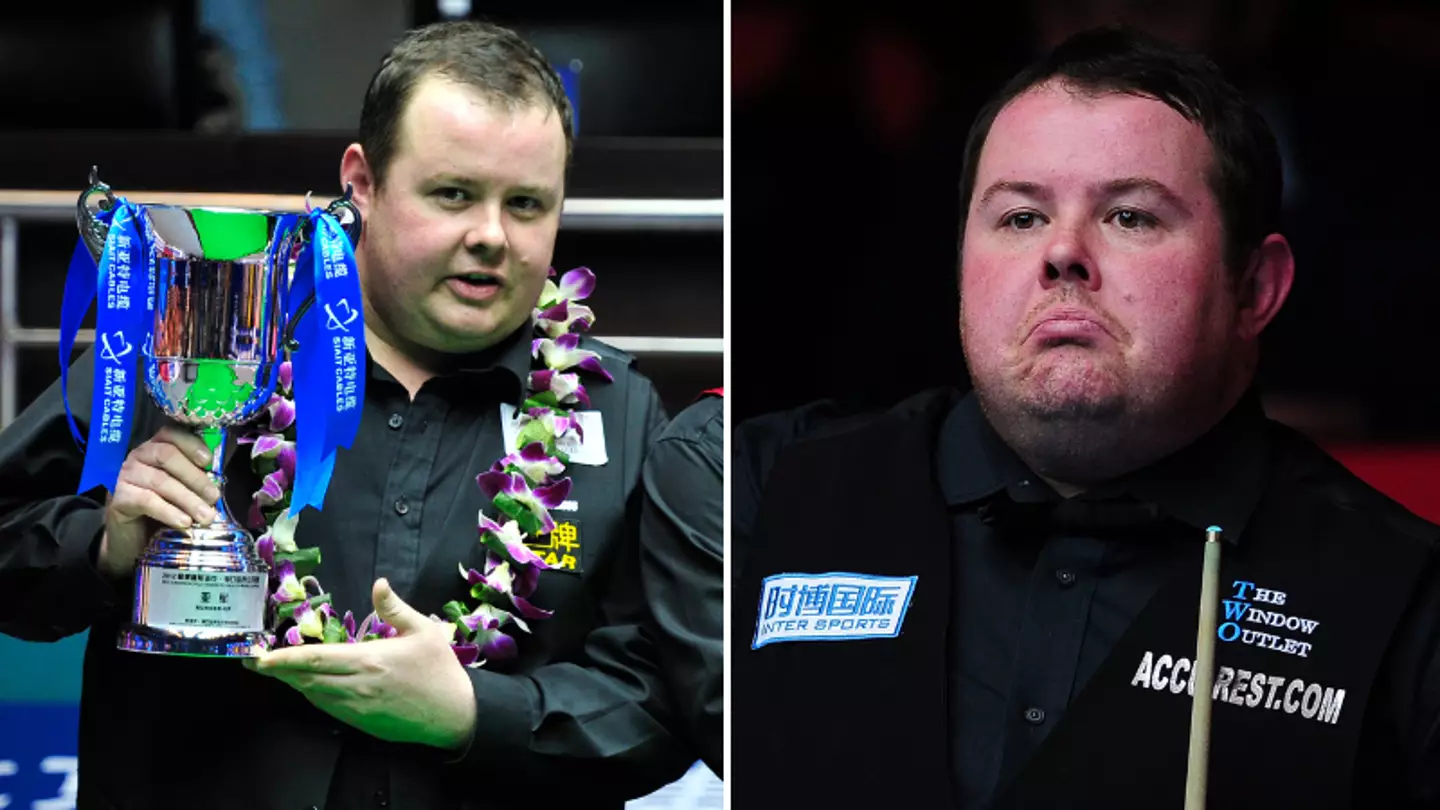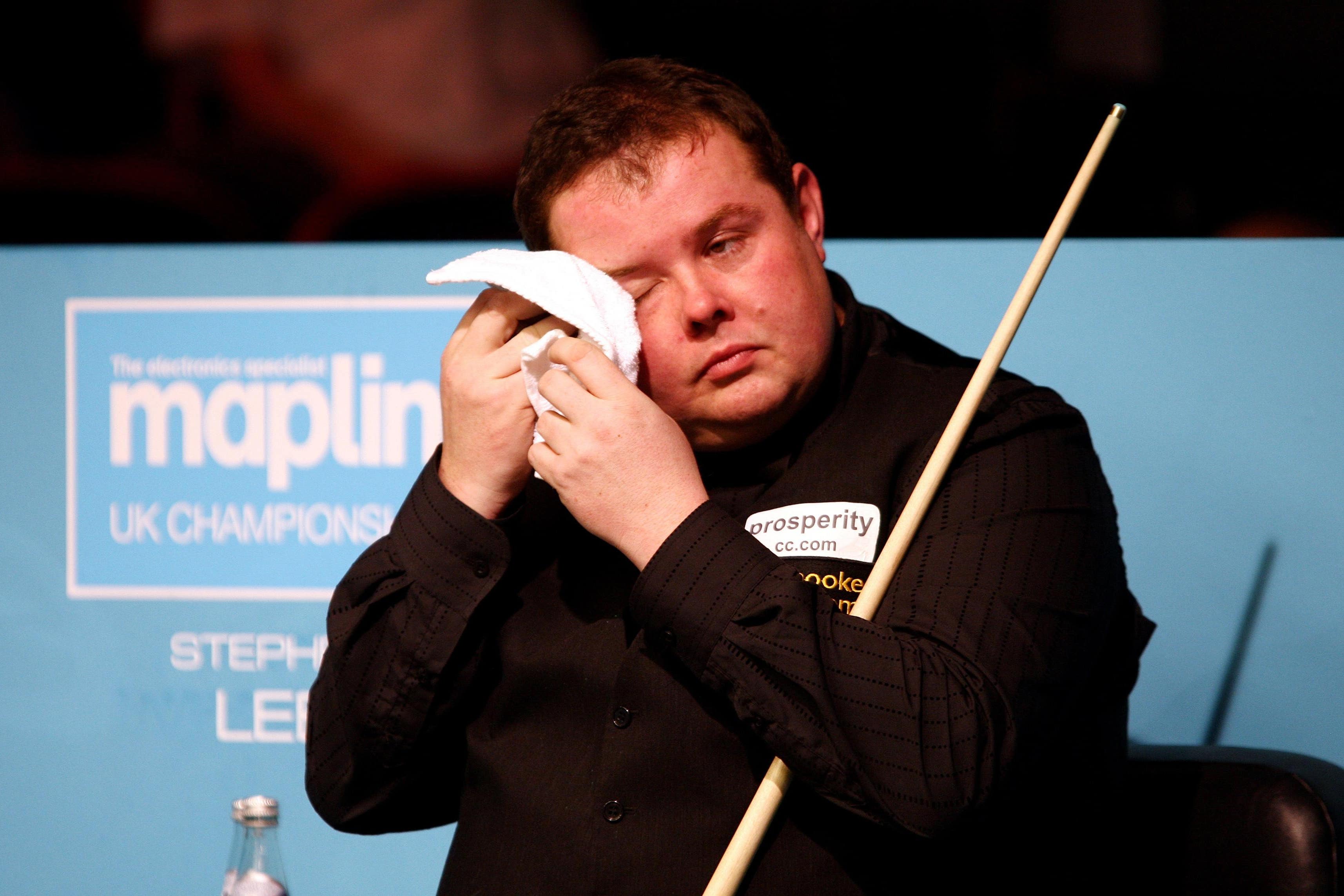30 Snooker Shots That Shook the World
Full video below
Snooker is often described as chess with balls. Every stroke is about precision, foresight, and nerve. But every once in a while, the sport produces moments so outrageous that they defy logic and become immortal highlights.
From miracle escapes to impossible pots, these are the Top 30 shots in snooker history—the kind of magic that makes fans jump from their seats, gasp in disbelief, and rewind again and again just to check if it really happened.
🎱 1. Shaun Murphy’s Exhibition Double
With the frame on the line, Murphy screwed into the jaws to widen the angle, swerved around cushions, and stunned everyone with an “exhibition shot” at the worst possible moment. The commentators called it “pure magic.”

🎱 2. Mark Selby’s Great Escape
Cornered, snookered, and seemingly doomed, Selby swerved and swerved again, producing a five-cushion escape that didn’t just hit—it landed perfectly. “Unbelievable,” gasped the crowd.

🎱 3. Mark Allen’s Five-Cushion Miracle
Facing a tight snooker, Allen wound up for what looked like desperation. What followed was a five-cushion escape of staggering precision. Fans didn’t just clap—they roared.
🎱 4. Mark Williams’ Middle Pocket Mastery
Tight to the red, awkward angle, no safety available. Somehow Williams drilled it into the middle pocket with laser precision, proving once again why he’s the “Welsh Wonder.”

🎱 5. Luca Brecel’s Shot of the Season
The Belgian Bullet doesn’t play safe—he plays spectacular. In one frame, he unleashed what many call the shot of the year, sending the cue ball dancing and the red tumbling into history.
🎱 6. Ronnie O’Sullivan’s Rage-Defying Long Pot
When cornered, Ronnie never shrinks. He uncorked a monster long red, dead straight, with cue ball control that looked computer-generated. A shot that silenced doubters and raised his legend.
Why These Shots Matter
Snooker is not only about break-building and centuries. It’s about pressure, survival, and those moments where instinct trumps calculation. A great escape shot can win not just a frame but the psychological war. A jaw-dropping long pot can crush an opponent’s confidence.
These 30 shots remind us that snooker is art as much as sport. The chalk, the angles, the hush before the strike—all leading to one explosion of brilliance that fans never forget.
The Hall of Fame of “Impossible”
Across decades, the names echo: O’Sullivan, Hendry, Higgins, Selby, Trump, Brecel. Each left their fingerprints on snooker history not just by lifting trophies, but by producing moments that rewrote the possible.
When Ronnie swerved out of nowhere.
When Murphy doubled the un-doubleable.
When Brecel laughed at safety and potted anyway.
These are the sparks that keep the sport alive.
But the Debate Never Ends…
Was Murphy’s exhibition double the greatest? Or does Selby’s five-cushion miracle top it? Some say Ronnie’s raw genius makes him untouchable. Others argue the new wave—Trump, Brecel—bring flair that the old guard never dared.
What’s undeniable is this: each of these 30 shots is a reminder why we watch snooker—not for routine pots, but for those moments when physics itself seems to bend.
And when the crowd gasps, the commentators shout, and history is made… that’s when snooker is at its absolute best.
FULL VIDEO
The Fall of a Top-5 Talent: The Stephen Lee Case

What happens when one of snooker’s most gifted cueists, a world No.5, chooses corruption over greatness?
Stephen Lee’s fall from grace is one of the most notorious scandals in the sport’s history—his 12-year ban standing as a chilling warning to every player who dares to gamble with integrity.

By the late 2000s, Stephen Lee was at the peak of his powers. Known for his smooth cue action and natural flair, he was ranked among the world’s top five. Fans admired his effortless style. Rivals respected his ability to dismantle frames. But beneath the surface, shadows were gathering.
In 2008 and 2009, betting markets began to show irregular patterns during matches Lee played. Games at the Malta Cup, UK Championship, China Open, and even a World Championship clash with Ryan Day drew suspicion. At the time, most fans thought nothing of it. But bookmakers and regulators were watching closely.
In 2010, Lee was arrested after reports of suspicious betting activity. By 2012, he was formally suspended pending investigation. The independent tribunal Sport Resolutions UK later concluded he had deliberately influenced the outcome of seven matches between 2008 and 2009.
The verdict was damning: Lee had corrupted the game at the highest level. In 2013, he was banned for 12 years, retroactive to 2012, making it the longest suspension in snooker history at the time. He was also ordered to pay £125,000 in legal costs.
For a player once tipped as a world champion, the sentence was career-ending.
The fallout was brutal. Lee’s reputation collapsed overnight. Once celebrated as a natural talent, he became the face of scandal. Fans who had cheered his artistry now saw betrayal.
Things spiraled further. After the ban, Lee was charged with fraud for selling a cue he never delivered. He also faced controversy in Hong Kong, accused of working illegally as a coach. His name, once associated with snooker excellence, became synonymous with disgrace.
Lee’s ban expired in October 2024. Technically, he is free to play again. But realistically, at nearly 50 years old, his return to the professional tour is impossible. The sport has moved on, and his legacy is forever tainted.
The Stephen Lee scandal is more than the story of one man’s downfall. It illustrates the corrosive power of gambling syndicates in professional sport. It shows how even top players—those with money, fame, and talent—can be tempted into throwing it all away for short-term profit.
Stephen Lee’s name will always carry two truths: one of immense talent, and one of self-destruction. His 12-year ban stood as the harshest penalty in snooker history until the Chinese match-fixing scandal of 2022–23 introduced lifetime bans.
Lee’s case remains a cautionary tale: no talent is too great to be destroyed by corruption.







